Seeding: the past, present and future
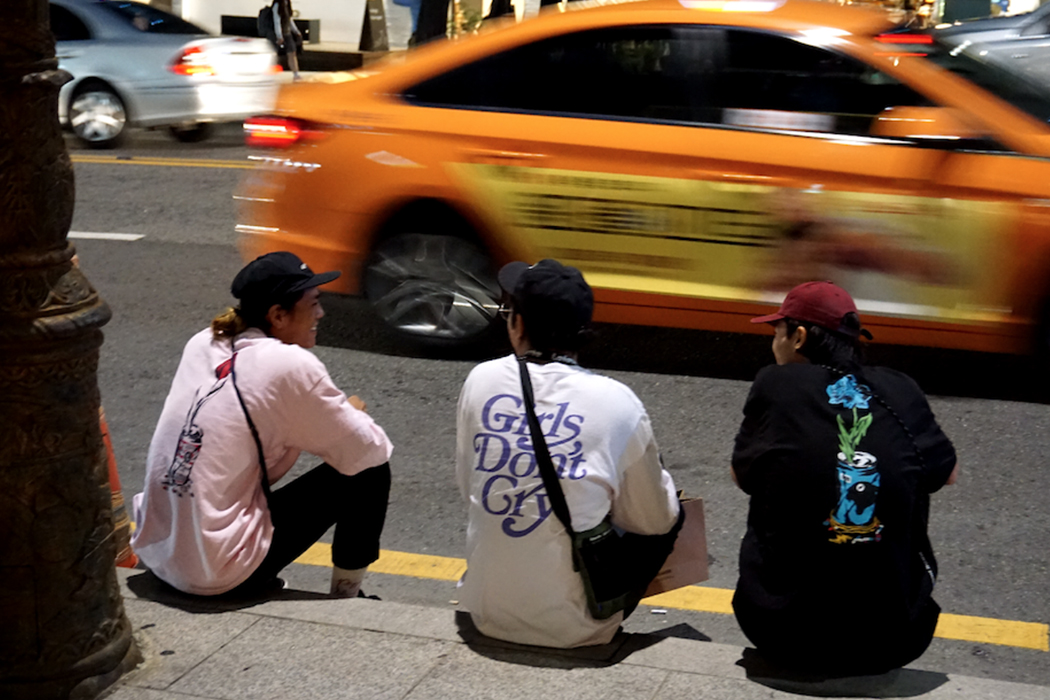
The first time I came across the actual idea of seeding was during my job as Consumer Insight and Ideation manager for Nike in the early 2000s, working out of the London office. There, in a space shared with the guy heading up Nike SB, I’d see the local team of Southbank skaters come in intermittently [and never in the morning] to collect their new SB shoes. Like a uniform, they were expected to wear these out and about, on shoots and in the numerous videos they would shoot either for brands or friends. Instead, the skaters would almost always head the short distance down the road to Slam in Covent Garden, where they’d sell the shoes to their mate behind the counter and use the money to pay their rent or whatever. How do I know? I was dating one of them. Anyway, different story.
In another corner of the office a woman ran the Energy arm of the brand, going out for lunch with the Artic Monkeys [remember the year, yo] and giving them product afterwards. This tended to work better. While Lily Allen’s first words to me might have been "Where’s my fucking Air Max?"she did appear on the front cover of Dazed at the time wearing them. The same with Dizzee, Jack Peñate and all the other mavericks, madmen and musicians round at the time.
Of course, seeding has been done for years and often successfully, but with the rise of the Internet and the inherent "influencer" that comes with it [we’ll get to those quote marks in a minute], seeding isn’t nearly as pointed as it was back in the day. In the early 2000s, for instance, if a grime rapper was more likely to wear adidas, then Nike tended to try and understand that. Consumers are clever, they see through the guy on their estate that always loved adi suddenly wearing Nike; it doesn't make sense for the artist, it doesn't make sense for the brand and it doesn't make sense to the audience. Instead, the roles of the staff seeding product was to find tangible hook-ups and links. If an artist came to the brand asking for product, they got it. If they didn’t, it was a waste of time chasing knowing that the product might not appear anywhere, anyway.
Now the audience is even more acutely aware of paid-for-posts, brand ‘gifts’ with no meaning behind them and product that has no place [the opposite of placement, huh?]. In many ways, influencer marketing is its own meme; parodied, played-out and often off-point. As my old colleague, Pascal Monfort, succinctly says "Influencers used to influence." Now, the very idea of influence is under revision. How can we influence in such a saturated space? And what does influence look like moving forwards?
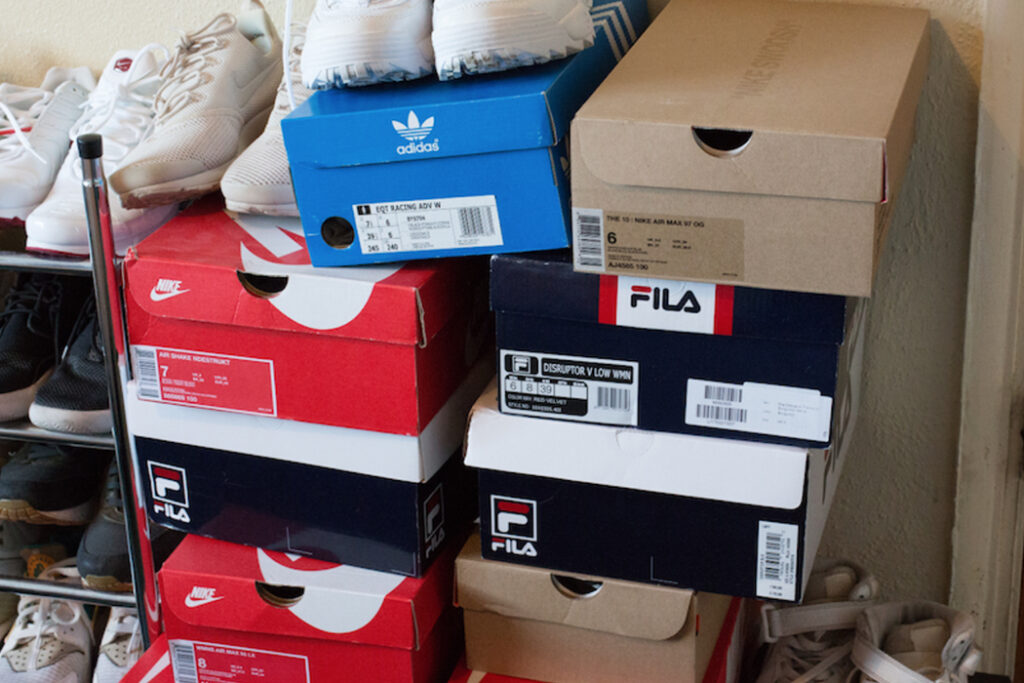
Increasingly, it’s about micro-influencing, knowing the local heroes and inspiring figures within the scene. Even considering the idea of inspiration over influence helps; who does this person inspire? What do they inspire others to do? How do they act as added inspiration for your product? Inspiring naturally has the idea of an action within it, inspiration moves people to do something. In selling terms, this is about moving people to buy your product. Selling them empty stories and an intangible mess won’t wash.
But let’s not just blame the brands here. While our research findings hear more and more that people are tired of the influencers, they’re still watching, following and tapping away at the screen. Influencer figures aren’t going down, people aren’t unfollowing. But start a Google search of “Influencers are…” and Google will finish your question with “annoying”, “a joke”, “bad” and – my favourite “detestable freeloaders”. Jeez Google, you’re harsh.
On 4th August last year [my birthday, why thank you], blogger Joan Westenberg published an amazing piece called “Stop wasting your money on Instagram influencers. They suck”, [unfortunately no longer available online] opening her diatribe with the rather Ruby-rant like bullet points of:
"Instagram influencers are the best way to piss your money up a wall.
Instagram influencers are the best way to blow your whole marketing budget.
Instagram influencers are a waste of time, space, effort, energy, eyeballs, attention, bandwidth, iPhone data plans, creativity, interest, analysis, investment and good times."
Good point well made, and I don’t entirely disagree. I do think that the majority of marketing spend has got incredibly lazy. Many of the “influencer” stories don’t make sense. People who would never wear a brand are suddenly wearing it, with a hashtag saying they were paid to; how is that influential? How stupid do you think the consumer is? But you know this, we know this, so what are we going to do about it?
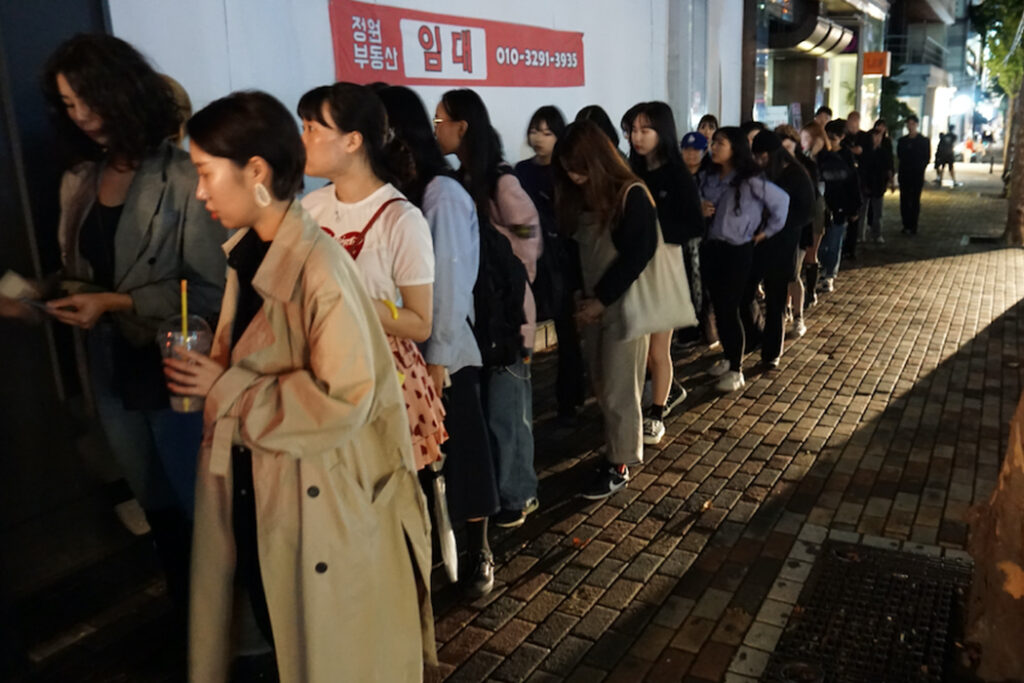
First of all, go back and check your lists. Make sure that every person you have on it actually makes sense for your brand. You’re a yoga brand that sells way too expensive leggings to New York socialites? Cool, but don’t seed your product to the party-girl who smokes and posts #hungover every Thursday morning just because she’s got 59k followers. What about the trainer at the front of the class, perhaps even one with a private account [gasp] and give them your product. If it’s good, they’ll tell people [please, don’t make me turn this into a history lesson on marketing, here]. Find the ‘shop floor’ people, the ones talking to your audience face-to-face, give product to them. The shop floor – wherever that is – is where things sell, online is where we gaze.
And may I also add here, [yes, I may], that it never ceases to amaze me that a lot of brands that ask me to go and speak to 150+ of their consumers across the world don’t give me any product. I’m not even joking. I sit in boardrooms, agreeing to travel the world to talk about their brilliant brand with consumers [and we only work with brilliant brands, mind] and no one ever says “Hey, let’s deck you and your team out with product so it least looks like a little love came your way.” What bit of influence is confusing here? Why am I always arguing with my accountant as to why five pairs of shoes [for instance, obvs] qualify as uniform for me and the team? Frankly, no one is going to think I care about a brand, if I turn up to talk about them not wearing it. And, people seem to care what I think about brands. *[I should add, although this is the consensus, we are currently working with a brilliant brand who totally get this, shout out to them].
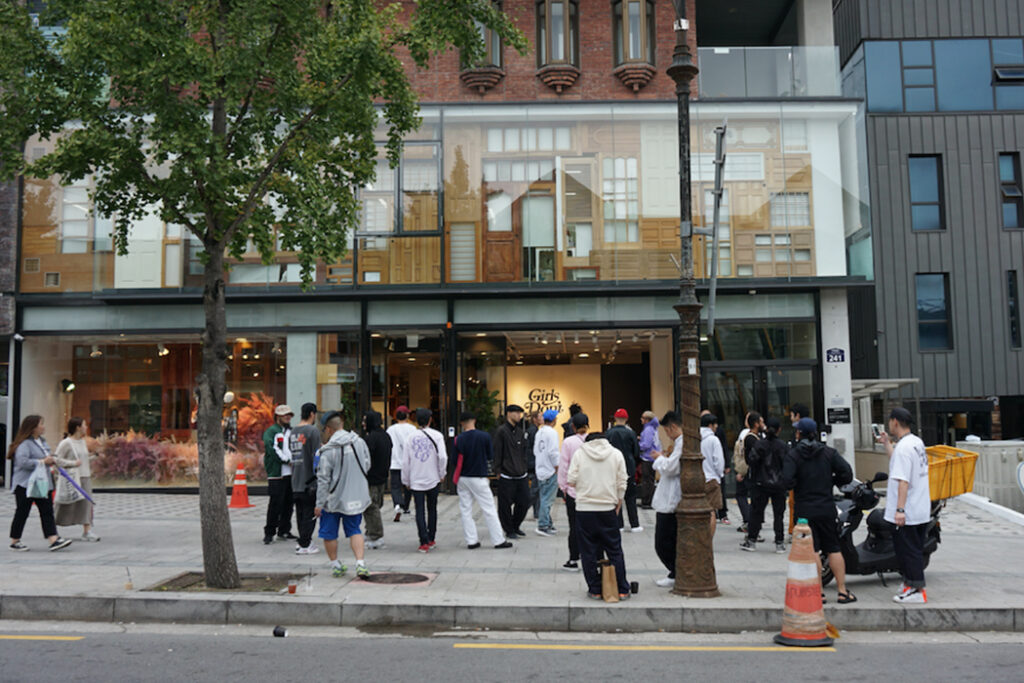
People that inspire tend to be social, busy, creative, hectic and hustlers. They move at a speed that is exhausting for others to watch and to care about what other people think. They know their style and they stick to it – if you’re not their style, don’t seed to them, it just gets awkward. Yes, they may not have the numbers of followers that another “trendsetter” does [horrible word, forget I said that] but they’re the people that others gravitate towards who keep it small, humble and locally heroic. These people are the inspiration behind the influencers, and every influencer has one.
Deviate from the obvious; give these heroes things that make their lives easier. At PSEUDO we have a mantra about being useful every day. So, be useful. I don’t mean give them money, that’s just enabling, but give them things that help them out. This could be space, time, a shout-out, anything, but “things” that are more useful than 3000 likes and an inbox of emojis. Say you have someone who travels a lot, even if your primary product is apparel, send them branded luggage instead – that’s helpful. And oh, luggage travels the world too. Yay! More bang for your buck! If they’re a writer, give them a desk to write at, a singer space to sing in, a dancer space to dance. You get the gist. But be imaginative. Think about how you can cut through the clutter of conversation and the matter of memes and find a way to be useful to them. That’s the sort of stuff that makes us consumers really love a brand.
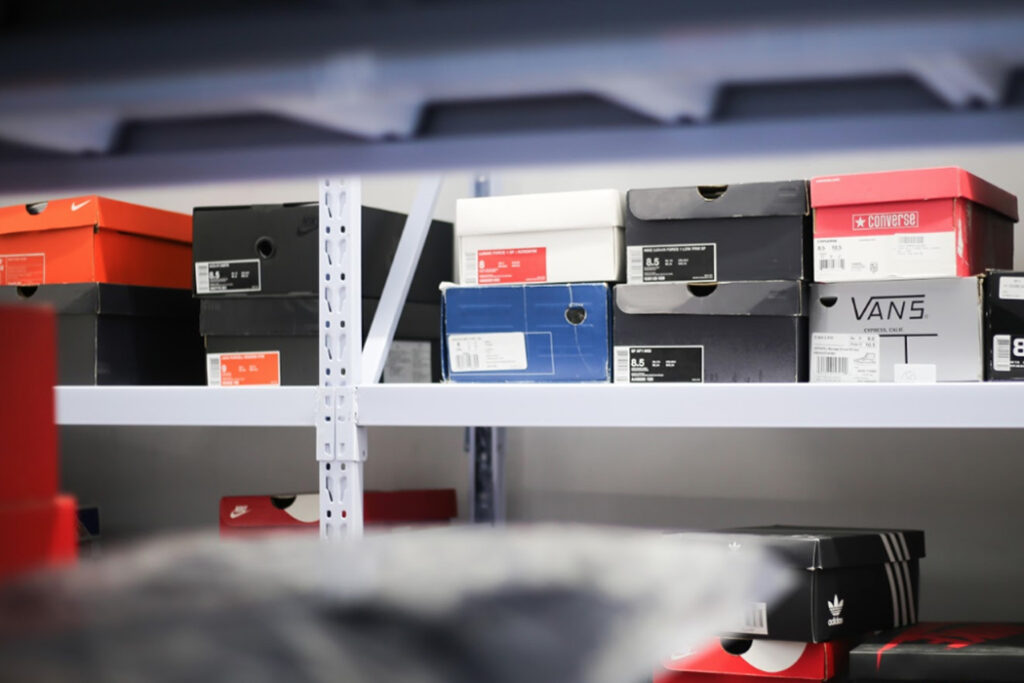
And finally, don’t ask them to do anything. Don’t. Do what you do and leave it at that. If they want to name-check you, they will. If you’re delicate, they talk. If you prompt and prod and act heavy-handed, the consumer sees that too. Be gentle, it works. And while we’re at it, we don’t need to see your logo and product in every brand film shot. One of the best brand films I’ve ever seen is still a Converse film from about ten years ago about helping out new, unsigned bands from around China. They found the bands, branded a bus and sent them across the region. Every now and then you got a shot of a beaten-up Chuck Taylor with some kid’s foot banging a drum or whatever, but otherwise it was all exhilaration and a guitar-strap with little to no branding, you only saw the bus once. And look, here I am talking about it now. I wasn’t blinded by brand. That shit sticks.
Respect and acknowledgement are what these Local Heroes need. A creative is their own very critic; they put their work out into the world and likes and love are never guaranteed. If you show them respect for what they do, they’ll respect you back. Free product is a start, but only if it makes sense. Get to know your creatives. Find out what they need rather than pushing product they don't like. Reach out to them when they don't expect it, not only when they are “hot right now”.
Support is the new seeding, seed on.